 In June 2022, I visited Plymouth, MA and found it to be a wonderful town rich in history, culture, and literature. I have never been here before, and in fact, my only prior New England experience was in Vermont. As happens with many people, especially Westerners accustomed to being awe-stricken by 120-year old history, I instantly fell in love with New England. Being able to visit places I had only read about in books made the history, the literature, and the places feel truly real for me. To visit Plymouth and talk to the historians there, I was reminded of the incredible stories in American history, the struggles that our ancestors managed, and how these experiences became the themes we still see in American literature. I hope to visit again sometime and dig deeper into the places, the stories, and the people who lived there. Two Ships, One Landing For over 12 years, a congregation of English religious separatists lived in poverty in Holland. They did backbreaking labor and lived in fear of civil unrest, religious prejudice, and ongoing poverty. They left England having been found out as members of an illegal religious group after unsuccessfully attempting to reform the English church to fit their wishes. These religious fanatics were outcasts in their own England and in their adopted country of Holland. They decided to try a new path and sail across the ocean, as few English had done before, and leave Europe altogether for the New World. Their leaders envisioned themselves as the Biblical Jews left Babylon for Jerusalem when they planned to set sail for the New World. They hired two ships, the Speedwell and the Mayflower. The Speedwell took the Puritans from Holland to England to be outfitted before leaving Europe. Only the Mayflower sailed, as the Speedwell sprung several leaks that required lengthy repairs and was eventually left behind. Only the Mayflower sailed and with only 65 Pilgrims of the original 400 Pilgrims. Families were separated, some forever, as they said their goodbyes and sent the fittest of the Pilgrims away. "A flood of tears was poured out. Those not sailing accompanied us to the ship, but were not able to speak to one another for the abundance of sorrow before parting." The Mayflower was only 1600 square feet but housed 65 Puritans and 37 non-Puritan passengers, which the Puritans referenced as “Strangers”, plus about 30 crew. Many of the “Strangers” intended to be let out at the Virginia Colony but were released in Plymouth instead. To put it mildly, the voyage must have been miserable. Not only were the passengers desperately cramped below deck, they were trapped there unable to go above deck where the 30 crew members worked to keep the ship afloat. America Began in Misery and Gratitude Crying babies, moaning sick people, and arguing workmen is what the passengers endured for two months until landing near Cape Cod. Not only that, but a third of the passengers weren’t Puritans. They didn’t share the religious zeal of the original passengers and sought work, resources, and fortune on their voyage. The Puritans and Strangers bickered about everything from resource management to decision making. In an effort to bring peace and organization between the two groups, they agreed to the Mayflower Compact: the first attempt at democratic self-governance in the New World. Then things got much, much worse. When the English passengers arrived, they found frozen ground, below-zero temperatures, and an inhospitable land unlike anything they had seen before. They were unprepared for what came next—disease. Scurvy, pneumonia, and tuberculosis ravaged the passengers and crew alike. Though Captain Jones intended to return to England as soon as the passengers found a settlement site, he couldn’t set sail with most of his crew ill. Nearly half of the people died that winter of cold, hunger, and disease. Thankfully, the Native American Wampanoag tribe provided them with food and instructed them on how to forage in winter. Without that support, it is possible none would have survived. How did this Voyage Affect our Country’s Establishment? When we look at historical events, I think we recognize that deprivation threatened every step of the path for the people who lived them. And I think the challenges that our forebears faced help us to understand how they left the legacy they did. When these English citizens landed on Cape Cod in 1620, they brought with them new ideas, and we can see those ideas in practice in American literature still. This group of people decided they didn’t like what was happening in their government and their government’s official religion. They couldn’t affect change from within the system, so they took their ideals with them and started over in a new place. We see the theme of the new beginning throughout American Literature: new beginnings, starting over, finding your own path, trusting yourself, self-reliance, and sticking to your ideals. The Plymouth Residents Established American Literature The 19th century westward-moving pioneers sought a new beginning as they packed their buggies and headed west in search of land, opportunity, and a fresh start. Little House on the Big Prairie by Laura Ingalls Wilder, My Antonia my Willa Cather, and Undaunted Courage by Stephen E. Ambrose each introduce readers to the idea that in America, we can move, we can start again, and we are masters of our own fates. Second, this is the first time that a group of people decided what their government structure would look like and voted on it. This is the start of consensual government. This is the beginning of modern democracy, where people had a say in what happens, where people vote. This is community government, where no king or lord demanded obedience, but rather people cooperated and compromised to survive. This is revolutionary thought process put into action. In American literature, we see the themes of democracy, participatory government, and compromise throughout our canon. The Federalist Papers by Alexander Hamilton, Democracy and Education by John Dewey, and Democracy in America by Alexis de Tocqueville establish the importance of balancing the needs of the many with the needs of the individual. When the passengers of the Mayflower signed the Mayflower Compact, could they have known that they would spark a different way of thinking about government? Though the first piece of writing in the New World was probably the journals of Captain John Smith in Virginia around 1606, William Bradford’s Of Plymouth Plantation is the first piece of literature to collect American historical events, including those of the Mayflower sailing. Anne Bradstreet wrote the first poems in American literature in her book The Tenth Muse Lately Sprung Up in America; her poem “Upon the Burning of Our House” has stuck with me for 30 years. So, if ever you’re in the neighborhood, pop by the sights in Plymouth, MA. Visit the Mayflower II, which is the ship rebuilt to the specifications and design of the original Mayflower, and you can see exactly how the Pilgrims and Strangers traveled from England to Cape Cod. Stop by the Plimoth Patuxet to walk on through the rebuilt village of Plymouth as it would have looked in the 1620s, where colonists built their first homes as well as a rebuilt village of the Native Patuxet Wampanoag people with a bark house. Burial Hill has been used for honoring the dead since the 1620s, the Howland House which has been standing since the 1660s, and multiple monuments and tours. History and literature have been comfortably intertwined in Plymouth for 400 years and will continue well into our shared future. Comments are closed.
|
About the SiteWelcome, Writers! Archives
September 2023
|
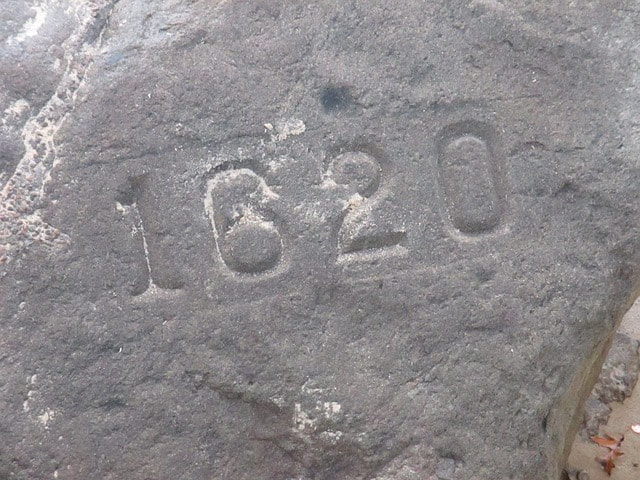
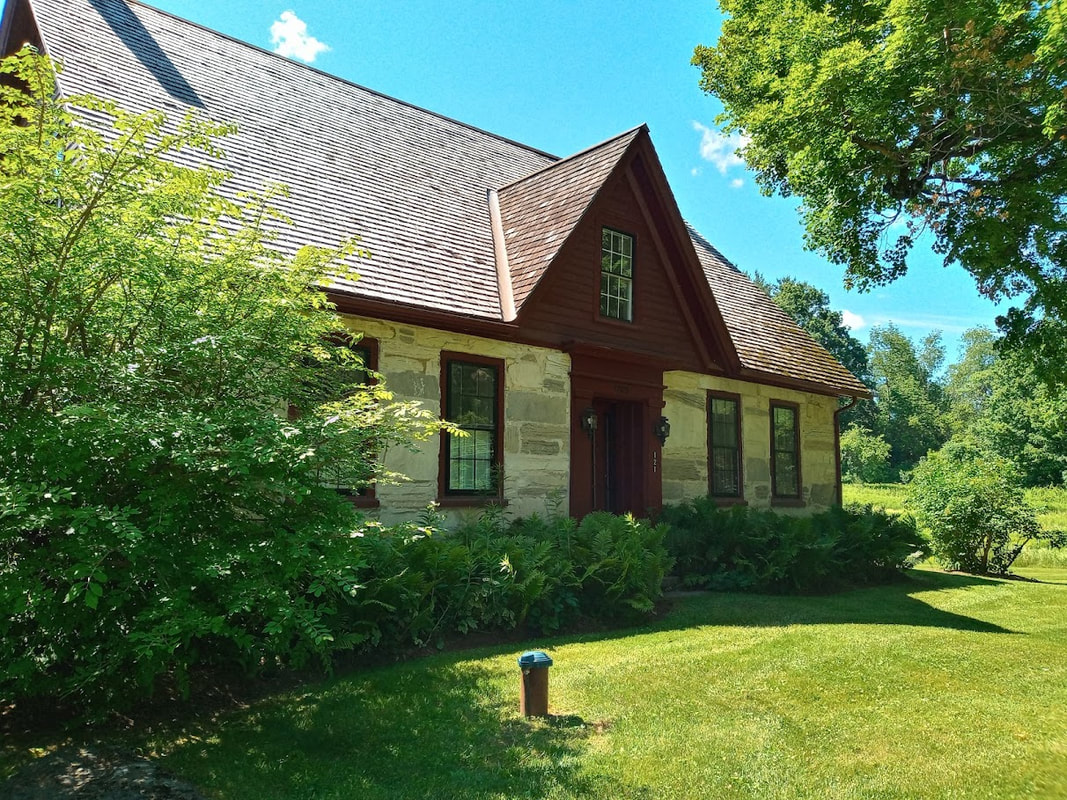
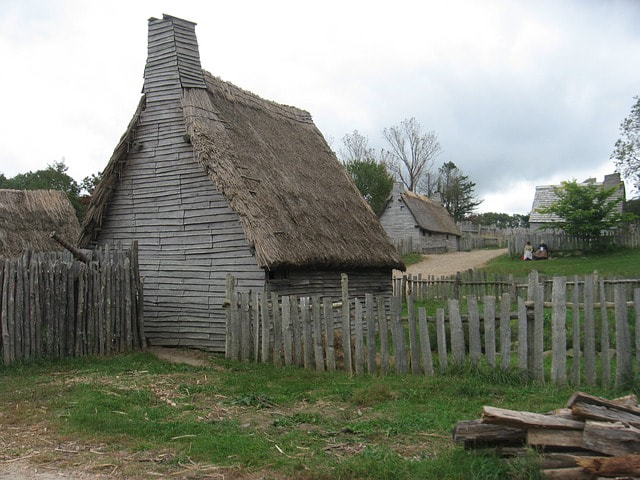

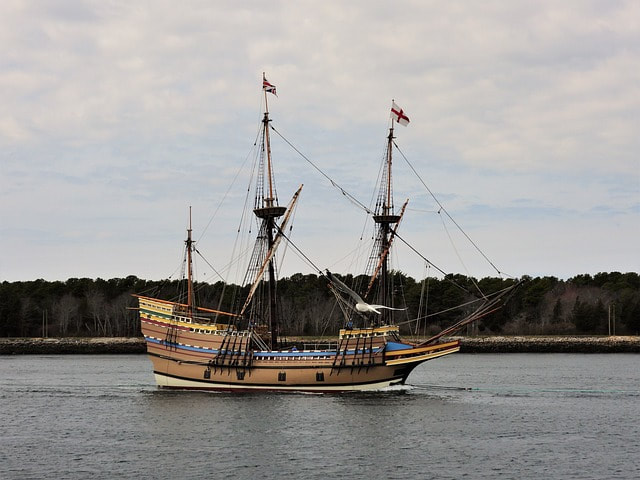
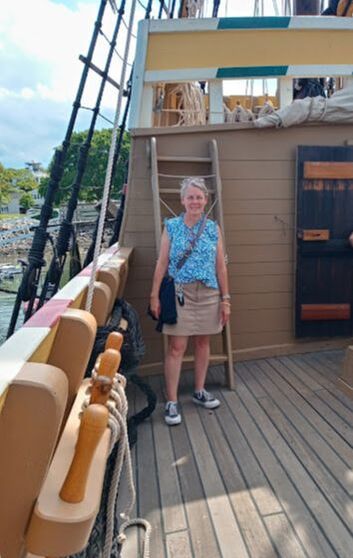

 RSS Feed
RSS Feed